How to use bamboo to produce more environmentally friendly products?
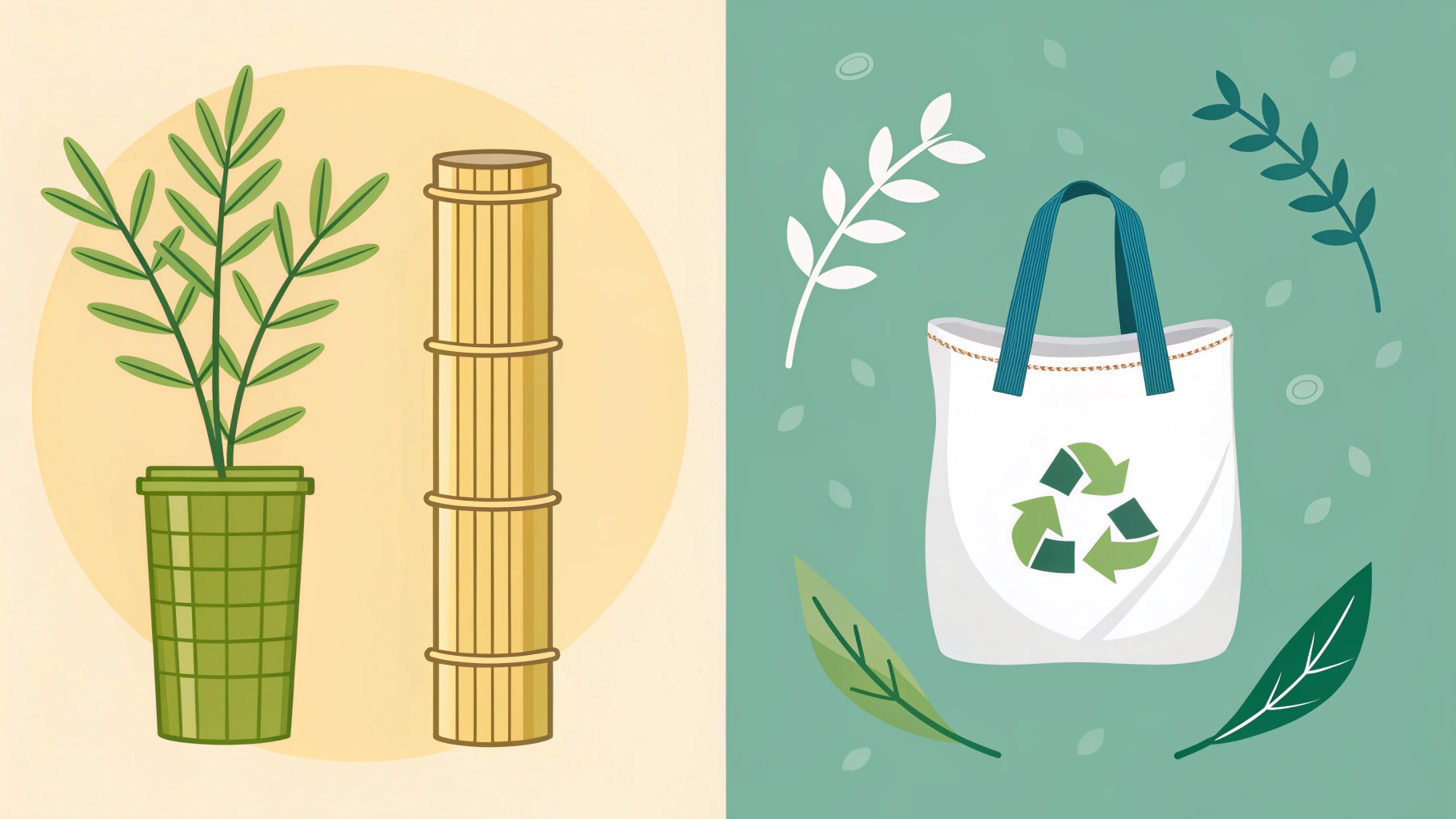
Your beautiful cosmetic formula is let down by a cheap plastic cap. It undermines your brand's quality and eco-conscious message, failing to connect with today's discerning consumer.
Use bamboo for cosmetic caps to replace plastic with a sustainable, premium material. Bamboo is renewable, biodegradable1, and offers a unique, natural aesthetic that elevates brand value, signals eco-consciousness, and appeals to modern consumers who demand both luxury and environmental responsibility.
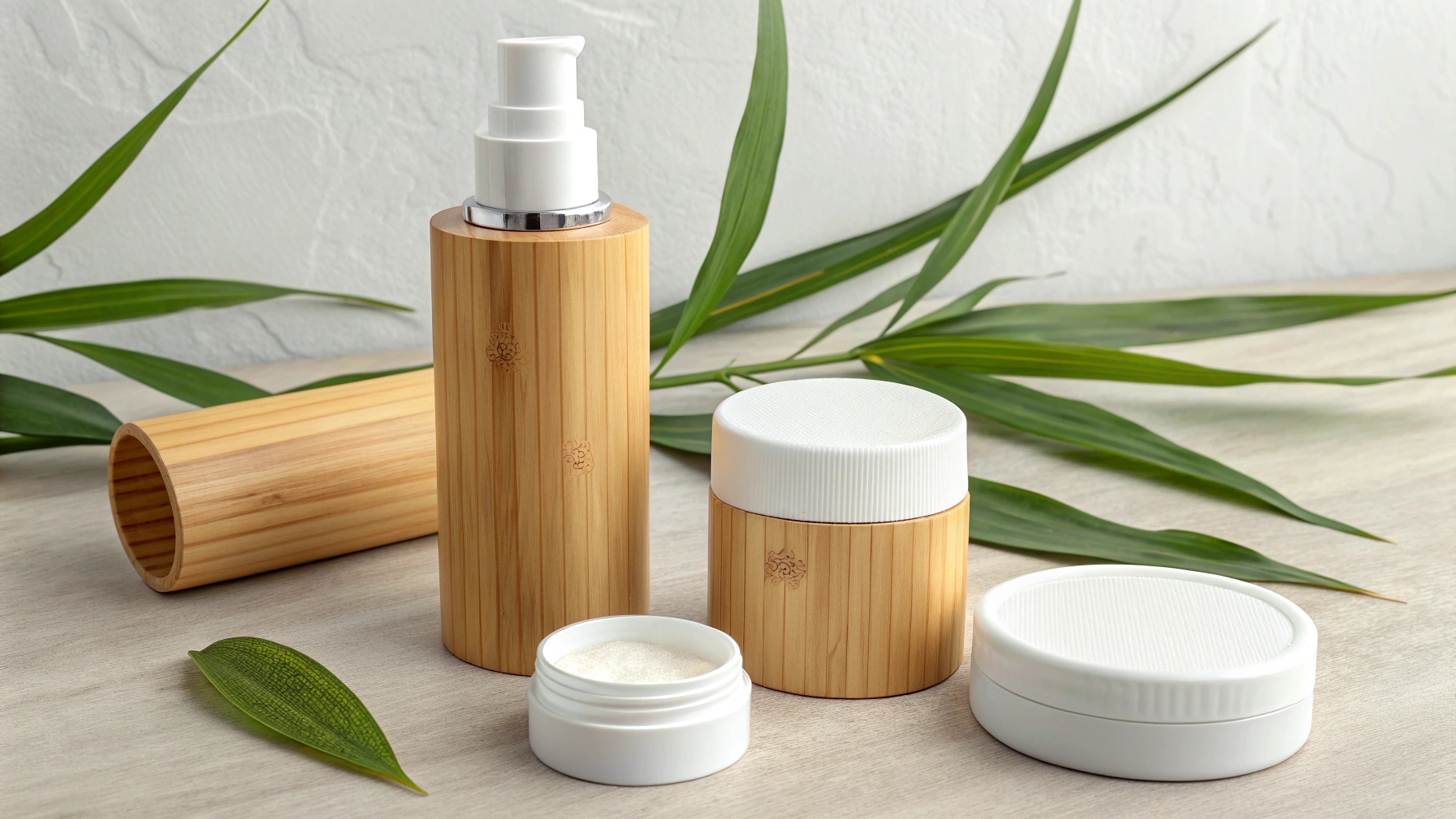
I'll never forget the first time a client asked me for a "non-plastic cap that still felt high-end." This was years ago, before sustainability was the huge topic it is today. We explored metals and other woods, but nothing felt right. Then we prototyped a cap using bamboo. The moment my client held it, their expression changed. It was the perfect blend of natural beauty2 and precision engineering. That single component transformed their entire product line. It taught me that sometimes, the smallest details—like the cap—make the biggest difference in telling your brand's story.
What are the advantages of bamboo packaging?
In a sea of similar products, your packaging struggles to stand out. It blends in on the shelf and fails to capture the attention of environmentally conscious buyers.
The main advantages of bamboo packaging are its sustainability (fast-growing, renewable), premium natural aesthetic3 that enhances brand perception, and its inherent strength. It’s also biodegradable1 under the right conditions, helping to reduce long-term landfill waste compared to traditional plastic materials.
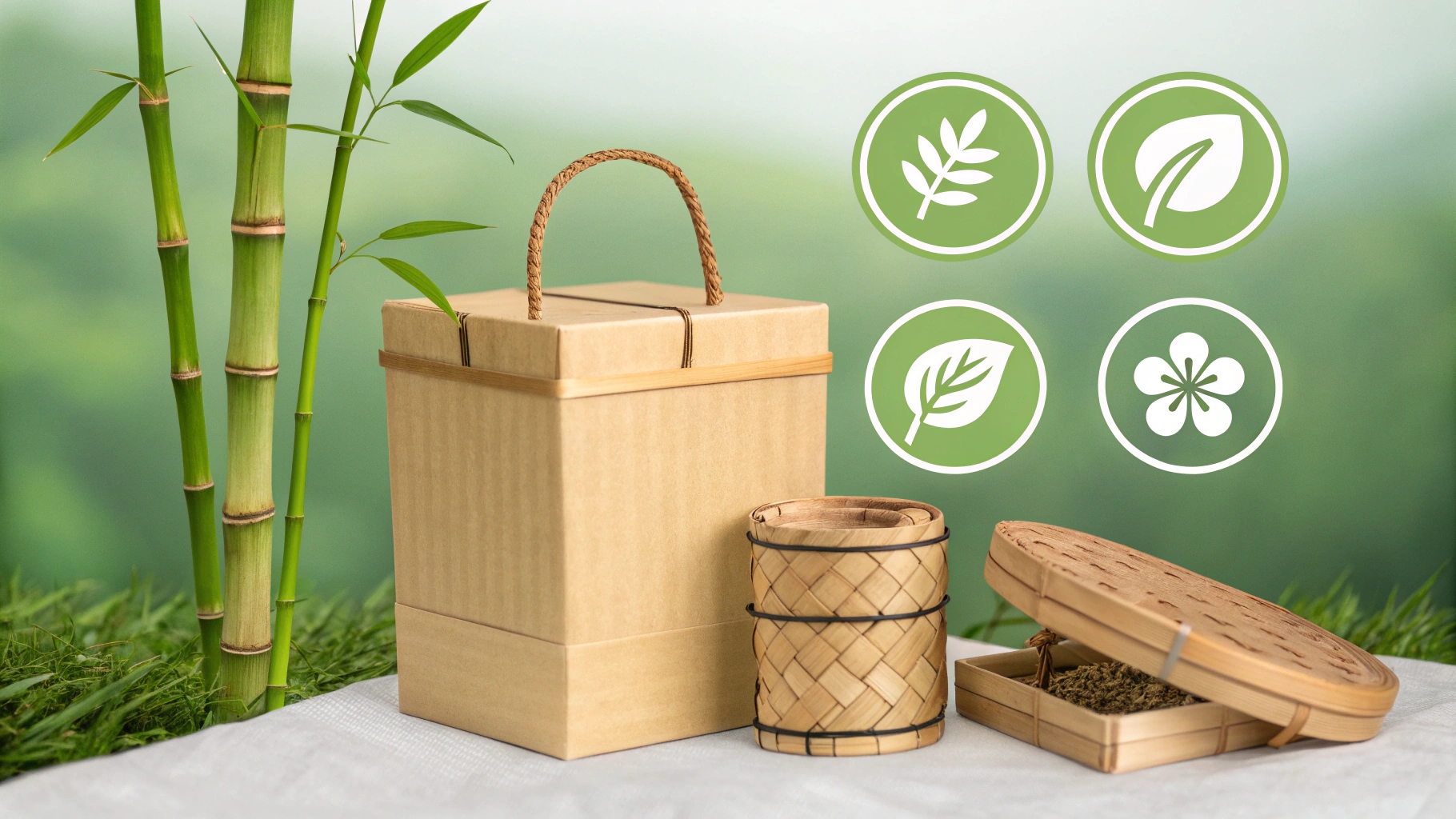
As a designer, you are always balancing aesthetics, function, and cost. It's rare to find a material that wins in all categories. Bamboo is one of those rare finds. At BambooPackage, we've built our brand on these advantages because they provide real, measurable value to our clients. It moves packaging from being a simple container to becoming a core part of the product experience4.
A Sustainable Powerhouse
The environmental story of bamboo is its biggest advantage. It's a grass, not a tree, and it's one of the fastest-growing plants on Earth. This means it's a rapidly renewable resource5. It also thrives without pesticides and absorbs more CO2 than trees, making it a champion for clean air. For a brand, this isn't just a "nice-to-have"; it's a powerful marketing tool that resonates deeply with consumers who want to make better choices. Choosing bamboo shows your customers you care about the planet.
An Unmistakable Premium Feel
Beyond its eco-credentials, bamboo has a look and feel that plastic can't replicate. The natural grain means every single cap is unique. It adds a touch of organic warmth and sophistication that instantly signals quality.
| Feature | Bamboo Cap | Plastic Cap |
|---|---|---|
| Tactile Feel | Warm, natural, substantial | Cold, lightweight, artificial |
| Visual Appeal | Unique natural grain | Uniform, mass-produced look |
| Brand Perception | Premium, Natural, Eco-conscious | Standard, Disposable, Cheap |
This sensory experience is crucial. It elevates the daily ritual of using a cosmetic product and makes your brand more memorable.
Why use bamboo lids?
You might think the lid is just a small part of the package. But it's often the first and last thing a customer touches, and a cheap plastic lid can ruin the entire luxury experience.
Use bamboo lids specifically because they are the primary physical touchpoint for the consumer. A bamboo lid instantly communicates natural luxury and sustainability, creating a positive first impression. It’s a simple swap that significantly upgrades the perceived value and eco-credentials of the entire product.
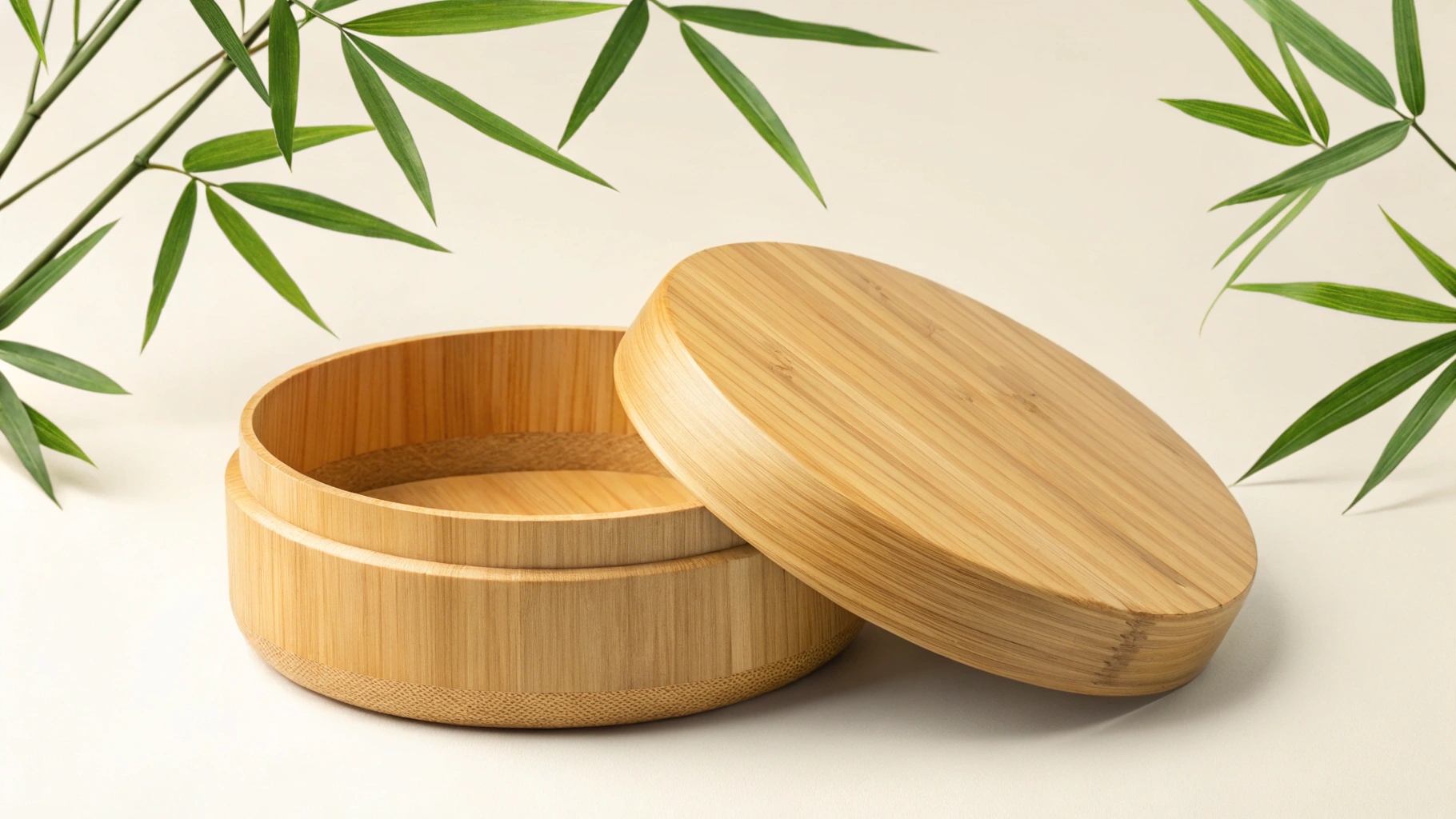
Think about the user's journey. They see the product on the shelf. They pick it up. They twist the lid. That moment of interaction is critical. My work as a designer has taught me that this is where you win or lose a customer's loyalty. A generic plastic lid says nothing. It's purely functional. A bamboo lid, on the other hand, starts a conversation. It speaks of craftsmanship, nature, and attention to detail.
The First Touchpoint Matters
The tactile sensation6 of a bamboo lid is a powerful differentiator. The warmth and smooth texture of the wood grain feel better in the hand than the cold, hard feel of plastic. This small moment of pleasure reinforces the brand’s promise of quality and natural ingredients. It makes the entire product feel more special and considered. As a designer like Jacky, you know how important these micro-interactions are in creating a successful product. The lid isn’t just a closure; it's the handshake of your brand.
Design Versatility and Precision
Modern bamboo manufacturing isn't rustic; it's high-tech. At BambooPackage, we use precision CNC machines to craft our lids. This means we can achieve the tight tolerances needed for a perfect, secure fit on glass jars, dropper bottles, and airless pumps. We can create threaded caps, snap-on lids, and dropper collars with flawless functionality. This ensures your product is protected while delivering a premium user experience. This level of engineering means you don't have to sacrifice performance for sustainability.
Why should we use bamboo instead of plastic?
Plastic is the default. It's cheap and easy to source. But its environmental cost is staggering, and customers are actively punishing brands that don't offer a better alternative.
Use bamboo instead of plastic to align your brand with sustainability and conscious consumerism. Bamboo is a renewable, biodegradable1 resource that reduces fossil fuel dependence and plastic pollution7. Its premium look also justifies a higher price point, unlike cheap-feeling plastic that devalues your product.

This is the fundamental question that led me to start BambooPackage. I saw a huge disconnect between the beautiful, natural ingredients inside the cosmetic jar and the disposable, petroleum-based plastic used to seal it. It just didn't make sense. Choosing bamboo isn't just about avoiding the negative impacts of plastic; it's about embracing the positive impacts of a better material. It's a proactive choice for a healthier planet and a stronger brand.
Breaking Free from Fossil Fuels
Every piece of plastic is made from petroleum, a non-renewable resource5. Its production releases huge amounts of carbon into the atmosphere, and the final product will pollute our planet for centuries. Bamboo, in contrast, is plant-based. It grows using sunlight and water, and it cleans the air while it's at it. By switching from a plastic cap to a bamboo cap, you are directly reducing demand for fossil fuels. It's a clear, simple action that demonstrates true environmental commitment.
The End-of-Life Equation
What happens to your packaging after the product is gone? A plastic cap will likely end up in a landfill or the ocean, where it will break down into toxic microplastics. An untreated bamboo cap, when separated from its glass or PCR plastic base, is biodegradable1. It can return to the earth, completing a natural cycle. This "cradle-to-cradle" thinking is the future of responsible design. It shows you've thought about the entire lifespan of your product, not just its time on the shelf.
What are the disadvantages of bamboo packaging?
No material is perfect. You worry that by choosing bamboo, you might be trading one problem for another, like issues with durability, cost, or inconsistent quality from suppliers.
The main disadvantages of bamboo packaging can include a higher cost than plastic and sensitivity to extreme humidity if not properly finished. Sourcing from non-certified suppliers can also risk unsustainable harvesting practices. Choosing a reputable partner who guarantees quality and responsible sourcing is essential.
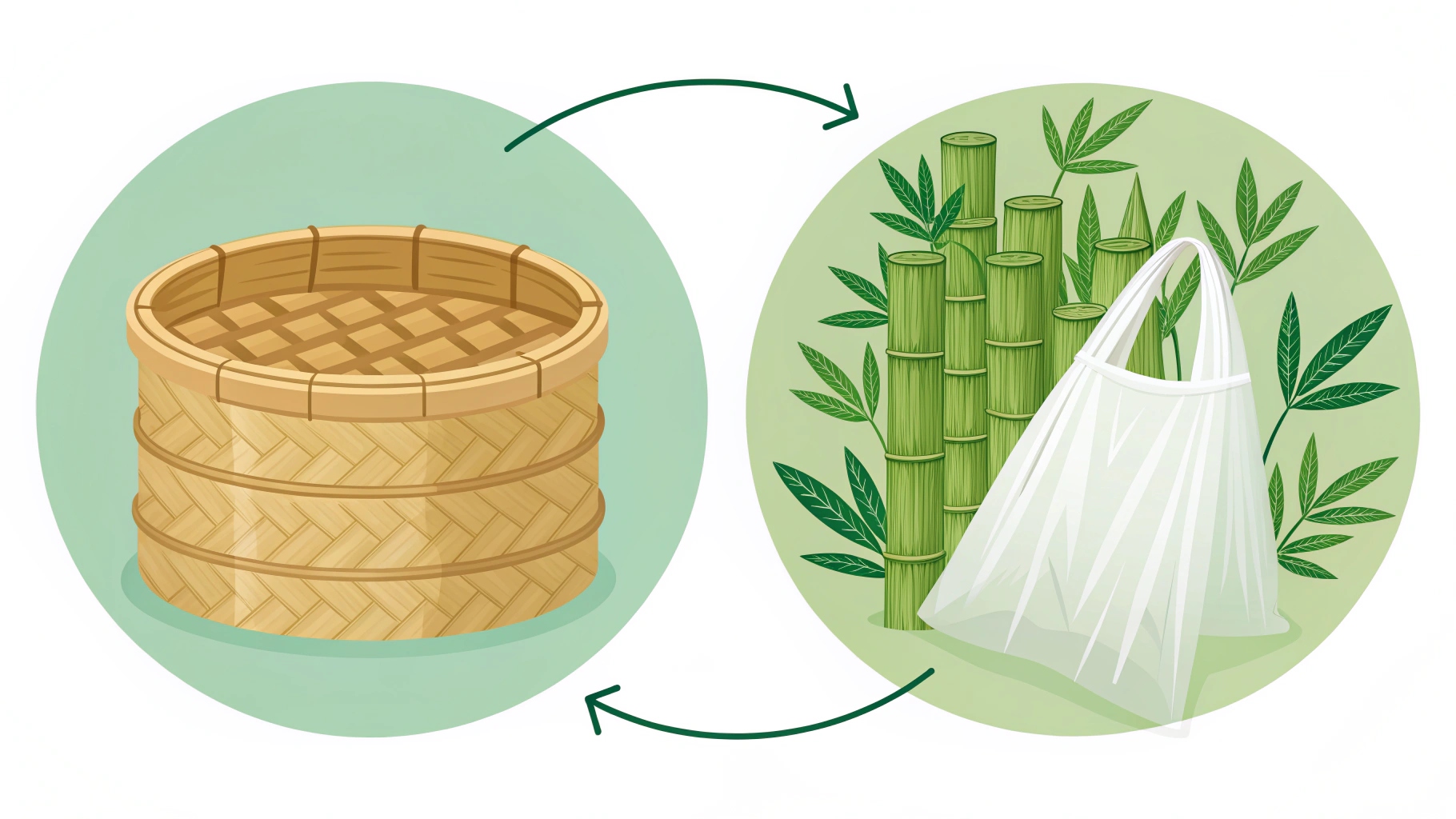
I believe in being honest about a material's limitations. Pretending bamboo is a magical solution without any challenges is a disservice to designers like you who need to make sound technical decisions. At BambooPackage, we've spent years understanding these challenges and developing solutions to overcome them. Being aware of the potential disadvantages is the first step in creating a successful product.
Yes, a precision-crafted bamboo cap typically costs more upfront than a mass-produced plastic one. The material requires more careful handling and skilled manufacturing. However, this cost should be seen as an investment in your brand's value. The premium perception allows for a higher retail price, easily offsetting the initial expense. The bigger risk is sourcing. There are many suppliers out there, and not all follow sustainable practices. That's why working with an FSC-certified partner like us is critical. It guarantees the bamboo is harvested responsibly and the quality is consistent, protecting both the planet and your brand's reputation.
Managing Material Properties
Bamboo is a natural wood product, which means it can be affected by its environment. If a bamboo lid isn't properly sealed and finished, extreme changes in humidity could cause it to swell or shrink. This is why the finishing process is so important. We use high-quality, low-VOC sealants to protect the bamboo from moisture and ensure a stable, reliable fit for the life of the product. By engineering the solution with these properties in mind from the start, we eliminate potential problems and ensure the final package is both beautiful and robust.
Conclusion
Choosing bamboo for your cosmetic caps is a smart, strategic decision. It elevates your brand's look, reduces plastic waste, and connects with consumers in a way that truly matters.
Understand the significance of biodegradable materials in reducing environmental impact. ↩
Find out how natural beauty can enhance product appeal and consumer loyalty. ↩
Discover how a premium aesthetic can elevate brand perception and attract discerning customers. ↩
Discover the critical role packaging plays in shaping the consumer's product experience. ↩
Explore the benefits of renewable resources and their role in sustainable product design. ↩
Explore how tactile sensations can enhance user experience and brand loyalty. ↩
Learn about the detrimental effects of plastic pollution and the importance of alternatives. ↩
